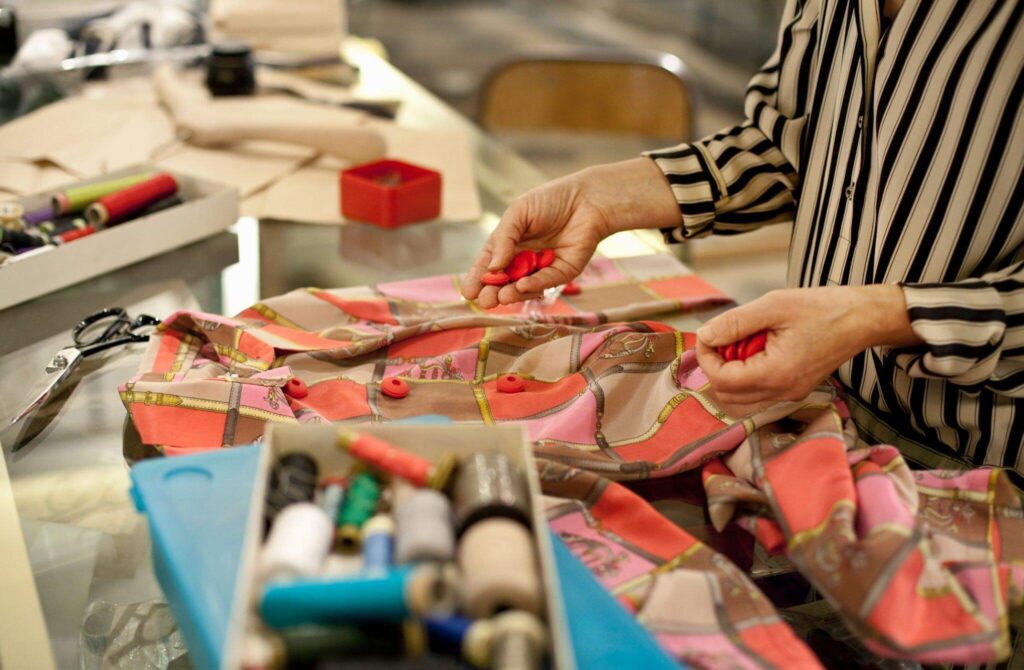In the world of fashion, custom shirts have carved a niche for themselves, offering a unique blend of personal expression and style. But what do people use to make custom shirts? The process involves a combination of design software, printing techniques, and high-quality materials. This article will delve into the tools and techniques used in the creation of custom shirts, providing a comprehensive guide for both beginners and seasoned designers.
- Design Software: The Blueprint of Custom Shirts
The first step in creating a custom shirt is designing the artwork or text that will be printed on the shirt. This is typically done using graphic design software such as Adobe Illustrator or Photoshop. These programs allow designers to create intricate designs with a high level of precision and control. They also offer a wide range of tools for manipulating images, adjusting colors, and adding effects.
- Printing Techniques: Bringing Designs to Life
Once the design is ready, it's time to transfer it onto the shirt. There are several printing techniques that can be used, each with its own set of advantages.
- Screen Printing: This is the most common method used for custom shirt printing. It involves creating a stencil (or screen) and using it to apply layers of ink on the printing surface. This technique is best for designs that require a high level of vibrancy.
- Direct-to-Garment (DTG): This technique uses a special printer to apply ink directly onto the fabric. DTG is great for designs that require a high level of detail and color variation.
- Heat Transfer: This method involves printing the design onto a special heat transfer paper, which is then applied to the shirt using a heat press. This technique is best for small orders and quick turnaround times.
- Materials: The Canvas of Custom Shirts
The quality of the shirt itself plays a crucial role in the final product. The most commonly used materials for custom shirts are cotton and polyester, or a blend of both. Cotton shirts are known for their comfort and breathability, while polyester shirts are durable and wrinkle-resistant.
- Finishing Touches: Adding a Personal Touch
Finally, additional elements such as embroidery, patches, or custom tags can be added to further personalize the shirt. These details can add a unique touch and elevate the overall design.
In conclusion, the process of making custom shirts involves a combination of design software, printing techniques, and quality materials. With the right tools and techniques, anyone can create a custom shirt that reflects their personal style and creativity.


Average Rating